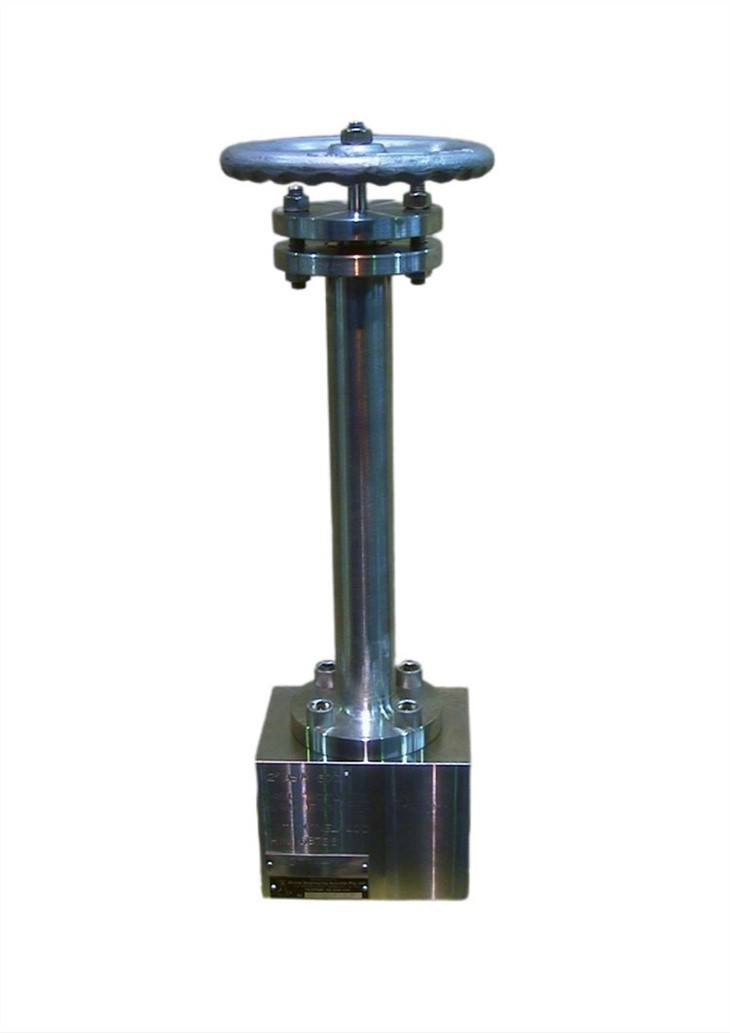Can cryogenic valves be automated? That's a question I get asked a lot as a cryogenic valve supplier. In this blog post, I'll share my insights on this topic, based on my experience in the industry.
First off, let's talk about what cryogenic valves are. These valves are designed to work in extremely low - temperature environments, often in industries like liquefied natural gas (LNG), aerospace, and medical cryogenics. They need to handle substances like liquid nitrogen, liquid oxygen, and liquefied natural gas, which can be at temperatures as low as - 270°C.
Now, the big question: can they be automated? The short answer is yes. In fact, automating cryogenic valves has become more and more popular in recent years. There are several reasons for this trend.
One of the main advantages of automating cryogenic valves is safety. Working with cryogenic substances is dangerous. The extremely low temperatures can cause frostbite in an instant, and there's also the risk of leaks, which can lead to asphyxiation or even explosions. By automating the valves, operators can control them from a safe distance. They can open and close the valves, adjust the flow rate, and monitor the valve's status without having to be right next to the cryogenic equipment.
Another reason for automation is efficiency. Automated cryogenic valves can respond much faster than manual ones. They can be programmed to open and close at precise times, which is crucial in processes where timing is everything. For example, in an LNG plant, the valves need to be opened and closed at the right moments to ensure a smooth flow of liquefied gas. Automated valves can also adjust the flow rate more accurately, leading to better process control and reduced waste.
There are different ways to automate cryogenic valves. One common method is using electric actuators. Electric actuators are easy to install and can be controlled using a simple electrical signal. They're also relatively maintenance - free compared to some other types of actuators. You can program an electric actuator to open or close the valve based on a timer, a sensor reading, or a command from a control system.
Pneumatic actuators are another option. These actuators use compressed air to operate the valve. They're known for their fast response times and high torque, which makes them suitable for large - sized cryogenic valves. Pneumatic actuators are also reliable and can work well in harsh environments.
Hydraulic actuators are less common for cryogenic valve automation but can be used in some heavy - duty applications. They use hydraulic fluid to generate the force needed to operate the valve. Hydraulic actuators can provide very high torque, which is useful for valves that need to handle high - pressure cryogenic fluids.
However, automating cryogenic valves isn't without its challenges. One of the main issues is the low - temperature environment. The materials used in the actuators and control systems need to be able to withstand the extreme cold. Special lubricants and seals are often required to ensure that the components don't freeze or become brittle.
Another challenge is the integration with existing systems. In many industrial settings, there are already complex control systems in place. Adding automated cryogenic valves means making sure they can communicate effectively with these existing systems. This might involve some programming and configuration work to ensure seamless operation.


When it comes to the types of cryogenic valves that can be automated, most of them can. For example, Cryogenic Butterfly Valve can be easily automated. These valves are known for their simple design and quick - opening/closing action. Automating a cryogenic butterfly valve can make the process of controlling the flow of cryogenic fluids even more efficient.
Cryogenic Ball Valve is another type that can be automated. Ball valves are great for on - off control and can provide a tight seal. By automating a cryogenic ball valve, you can ensure that the valve opens and closes precisely when needed, reducing the risk of leaks.
If you're considering automating your cryogenic valves, there are a few things you should keep in mind. First, you need to assess your specific requirements. Think about the size of the valves, the pressure and temperature conditions, and the type of control you need (e.g., on - off control or proportional control).
You also need to choose the right actuator for the job. Consider factors like the actuator's torque output, response time, and compatibility with the valve and your existing control system. It's a good idea to work with a professional who has experience in cryogenic valve automation. They can help you make the right choices and ensure that the installation and commissioning process goes smoothly.
In conclusion, automating cryogenic valves is definitely possible and offers many benefits in terms of safety and efficiency. Whether you're in the LNG industry, aerospace, or any other field that uses cryogenic substances, automating your valves can take your operations to the next level.
If you're interested in learning more about cryogenic valve automation or are looking to purchase automated cryogenic valves, I'd love to have a chat with you. We can discuss your specific needs and find the best solutions for your business. Reach out to us, and let's start a conversation about how we can improve your cryogenic valve systems.
References
- "Cryogenic Valve Handbook" - A comprehensive guide on cryogenic valves and their applications.
- Industry reports on cryogenic technology advancements and trends in valve automation.